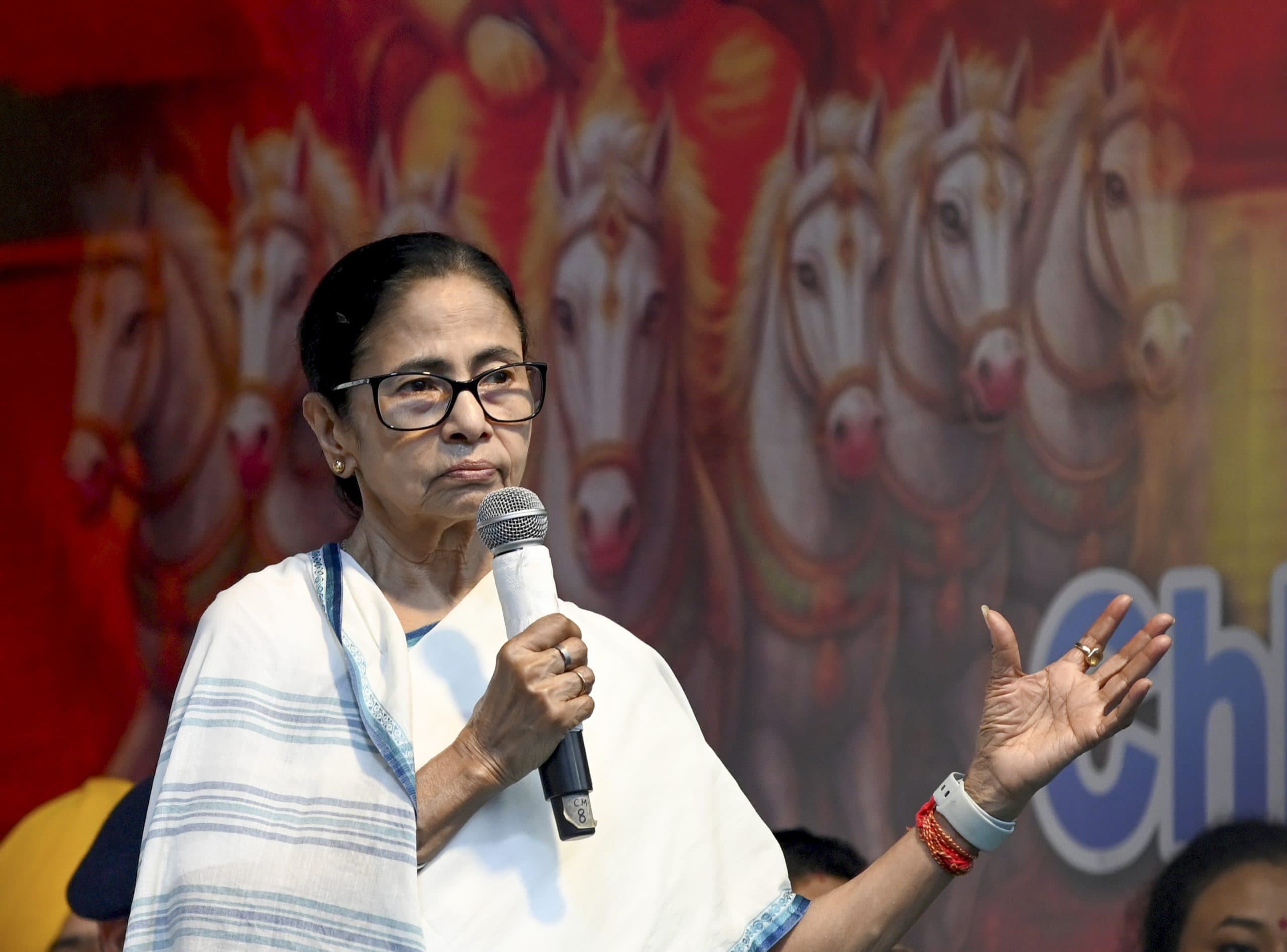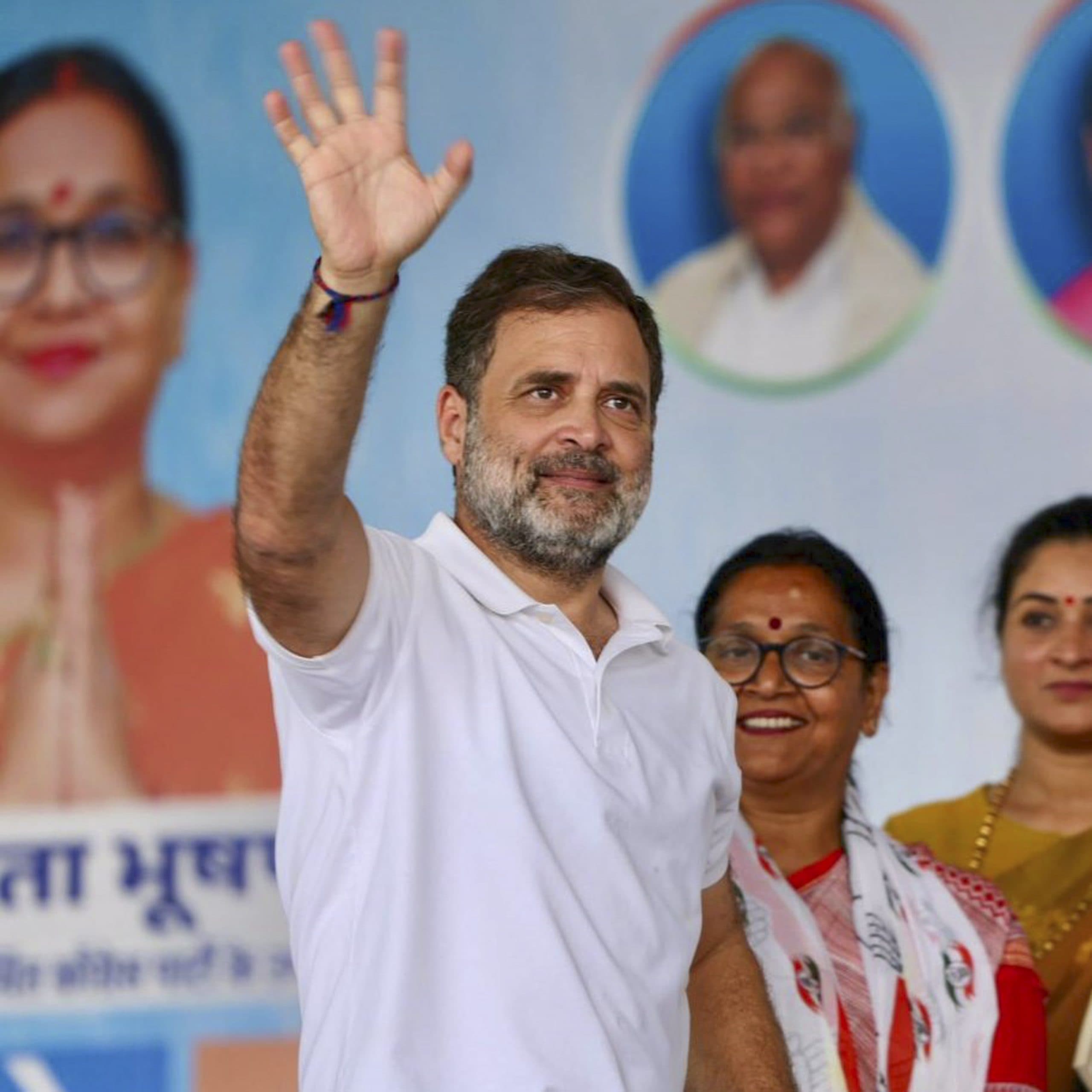From June 16, 2025, users across India will experience drastically faster UPI payments. The National Payments Corporation of India (NPCI) has announced that payment confirmation times will be slashed by more than 50%, ushering in a new era of near-instant digital transactions on platforms like PhonePe, Google Pay and Paytm.
In This Article:
What Exactly Is Changing?
Under the new system, the transaction execution timeline has been overhauled:
– UPI payment processing, known as Request Pay/Response Pay, has been reduced from 30 seconds to approximately 15 seconds.
– Transaction status checks and reversals, previously taking up to 30 seconds, will now complete in just 10 seconds.
– UPI address validation (e.g., confirming a UPI ID or bank account) will also be completed within 10 seconds, down from 15.
In real-world terms, this means that a ₹500 QR-code payment at a local shop will now confirm in just 15 seconds instead of nearly half a minute.
User Benefits: Speed, Transparency, and Peace of Mind
These upgrades bring several immediate advantages:
1. Faster confirmations: Waiting for QR-code payments to process will feel virtually instantaneous.
2. Swift refunds: Immediate clarity on failed transactions prevents uncertainties.
3. Reduced confusion: With faster system timeouts and rejection messages, users no longer face long pending statuses.
4. System-triggered failures: Transactions that don’t enter the UPI flow—such as due to network issues—will be auto-marked as failed, saving unnecessary checks.
How Adaptive Checks Improve Efficiency
Traditionally, apps waited 90 seconds before checking a potentially stuck transaction. Now, checks can be made within 45–60 seconds, enabling quicker resolution and user clarity. NPCI limits each provider to three status checks per transaction within two hours to prevent server overload.
Upcoming Enhancements: Post-July 2025
NPCI isn’t stopping at speed. Starting August, further enhancements will deepen usability and reliability:
– Balance checks capped at 50 times/day per user.
– Viewing linked accounts limited to 25 accounts/day per app.
– Autopay mandate execution rules tightened: one attempt and up to three retries, permitted only during off-peak hours. Peak hours are defined as 10:00 am–1:00 pm and 5:00 pm–9:30 pm.
All banks and apps must upgrade systems by July 31, 2025, to comply.
Benefits for App Providers and Banks
These speed and capacity improvements benefit not just users, but also banks and payment service providers (PSPs) like PhonePe, Google Pay, Paytm, BHIM and others. The faster API response times and managed load during peak hours are expected to reduce system errors and downtime.
Strengthening the Digital Payment Ecosystem
Introduced in 2016, UPI has grown to over 500 million active users by early 2025, processing 18.67 billion transactions (₹25.14 trillion) in May alone. These timely upgrades ensure India keeps pace with this rapid digital adoption, reinforcing UPI’s status as a global leader in real-time payments.
Expert Opinion: Why This Matters
Industry analysts emphasise that shortening transaction time and status checks directly yields better user experiences and lower friction. This is crucial in retail, commuting, dining, and other high-volume everyday scenarios.
The Next Wave of UPI Innovation
UPI’s journey is far from over. NPCI is experimenting with features like UPI Lite (for offline micro-payments), international UPI, UPI AutoPay, and integrating with services like public transport—all designed to further simplify and expand digital transactions.
Bottom Line
– Effective June 16, 2025: UPI payments across apps become 2x faster, with status and reversal confirmations in 10–15 seconds.
– Range of improvements: Faster timeouts, better failure handling, and month-end additions like balance limits and off-peak mandates.
– Wider impact: App users, banks, merchants and transport systems all benefit from reliability and speed.
– Future trajectory: UPI evolves with global payments, offline use, transport access and continuous optimisations.
India’s UPI revolution continues in high gear—just in time for our increasingly digital daily routines.
By – Sonali




